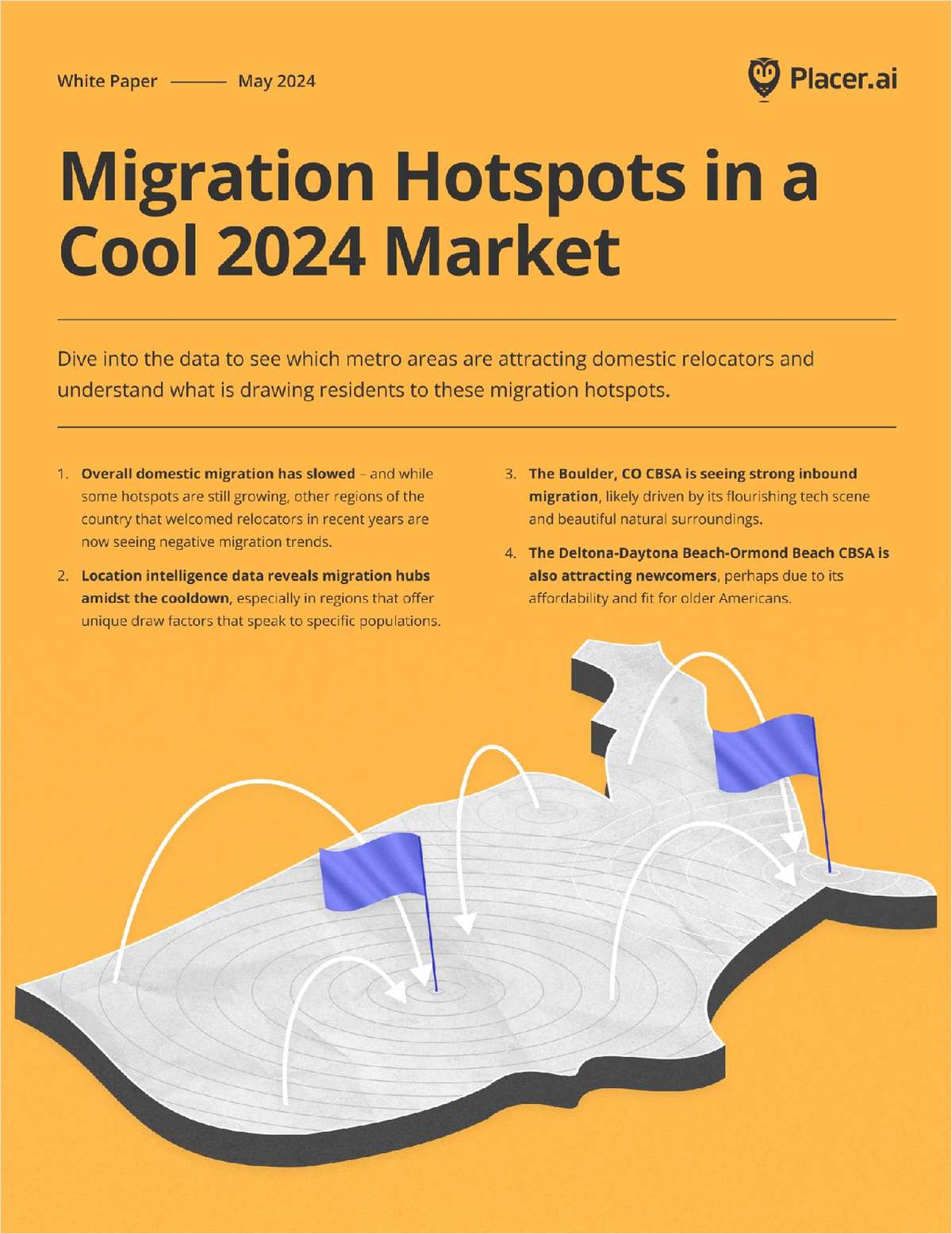While the moratorium, called a growth phasing overlay, appliesto 5,200 acres scattered throughout Snohomish County, the realissue centers around 1,685 acres in the east Mill Creek area. MillCreek Director of Community Development Bill Trimm says the area, ahotbed for developers, is currently zoned for low density, 9,600 sflots that would extend the urban sprawl of single-family houses andincrease the already congested traffic in the area.
The move angered landowners in the area, who want to sell theirland to developers and escape the area's growth. One land owner hasthreatened to stage a parade of horses and tractors along congestedroads east of Mill Creek. Trimm, who says he can empathize with theland owners' frustration over the ongoing delays, neverthelessadvocated the moratorium extension because the city is working onplans for a proposed village center that would containneighborhood-oriented retail shops, offices, public recreation anda residential area within walking distance of the commercialsector.
"If the moratorium hadn't been extended, we'd have single-familydevelopments, which wouldn't be beneficial for this area," Trimmtells GlobeSt.com. "The city wanted to have time to develop what wethink is a more realistic plan for the neighborhood. Our wholeintent is to cut down on vehicle trips by having everything withinclose walking distance and also having it dense enough to supporttransit to other areas."
Continue Reading for Free
Register and gain access to:
- Breaking commercial real estate news and analysis, on-site and via our newsletters and custom alerts
- Educational webcasts, white papers, and ebooks from industry thought leaders
- Critical coverage of the property casualty insurance and financial advisory markets on our other ALM sites, PropertyCasualty360 and ThinkAdvisor
*May exclude premium content
Already have an account?
Sign In Now
© 2024 ALM Global, LLC, All Rights Reserved. Request academic re-use from www.copyright.com. All other uses, submit a request to [email protected]. For more information visit Asset & Logo Licensing.








